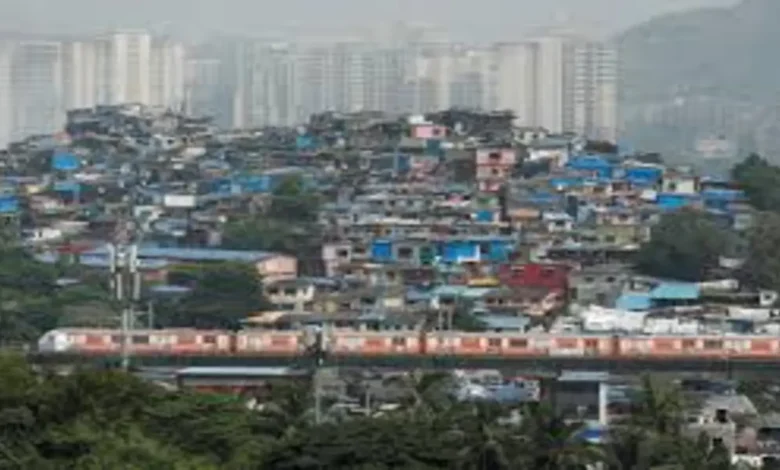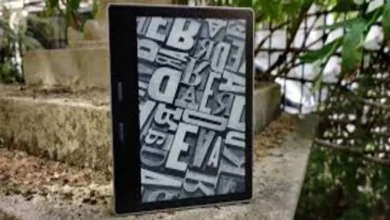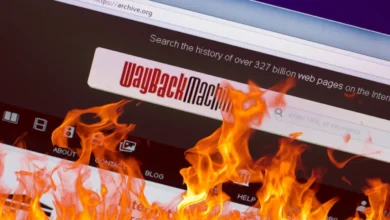Brookfield Residential Coronavirus: How the Pandemic Impacted the Housing Giant

Brookfield Residential Coronavirus: The coronavirus pandemic has reshaped many industries around the world, and real estate is no exception. Brookfield Residential, a prominent homebuilder and land developer, faced numerous challenges and changes throughout the pandemic period. This article dives deep into how Brookfield Residential responded to the coronavirus outbreak, the impact on its operations, and how it adapted to ensure safety and continuity.
While the pandemic disrupted traditional ways of buying and selling homes, Brookfield Residential quickly implemented strategies to navigate the uncertainty. Their approach serves as an insightful case study for homebuilders and real estate companies aiming to withstand crises. Let’s explore the story of Brookfield Residential in the era of coronavirus.
Understanding Brookfield Residential’s Position Before the Coronavirus Outbreak
Before the pandemic, Brookfield Residential was already a key player in the North American housing market. Known for quality craftsmanship, strategic land acquisition, and innovative community planning, the company has been steadily growing its footprint. The company’s reputation for building vibrant, sustainable communities made it a go-to option for homebuyers.
However, like most sectors, the onset of the coronavirus presented unprecedented challenges. The real estate industry, traditionally dependent on in-person interactions, was forced to rethink its sales model. Brookfield Residential’s solid foundation and adaptive culture meant it was positioned well to handle the disruptions, but the road ahead required careful navigation.
Initial Impact of Coronavirus on Brookfield Residential’s Operations
When coronavirus cases began to rise, government-imposed restrictions had a significant impact on construction sites and sales offices. Many physical locations are temporarily closed to comply with social distancing rules and protect staff and clients. This resulted in project delays and a slowdown in new home sales.
Brookfield Residential quickly realized that health and safety would be paramount. The company implemented stringent safety protocols on construction sites to keep workers safe while maintaining progress on projects. This balance between safety and productivity was crucial for minimizing disruption and reassuring buyers.
Adapting Sales and Marketing Strategies Amidst the Pandemic
One of the biggest hurdles for Brookfield Residential during the coronavirus crisis was adjusting how homes were marketed and sold. In-person tours and open houses suddenly became unsafe options, forcing the company to pivot quickly.
Brookfield Residential embraced digital tools and virtual experiences, developing 3D home tours, video walkthroughs, and online consultations. This shift allowed potential buyers to explore homes remotely, ask questions in real time, and proceed with purchase decisions without ever visiting a sales center physically. The company’s early adoption of technology helped keep sales moving despite the challenging environment.
Ensuring Customer Confidence and Safety Protocols
Brookfield Residential understood that buying a home during a pandemic could be stressful for customers. To build confidence, the company communicated the health and safety measures in place and offered flexible options such as virtual document signing and contactless transactions.
Sales representatives were trained to guide buyers remotely, providing personalized service through phone calls, emails, and video chats. This personalized yet safe approach reassured buyers that their safety was a priority without compromising the quality of service.
Impact on Supply Chains and Construction Timelines
The coronavirus pandemic disrupted supply chains globally, and Brookfield Residential was not immune. Delays in materials and increased costs posed challenges to keeping projects on schedule.
The company worked closely with suppliers and subcontractors to manage these delays and adjust timelines accordingly. Flexibility and proactive communication helped mitigate some of the impact. By prioritizing critical materials and exploring alternative sources, Brookfield Residential kept most projects moving forward while maintaining quality standards.
Financial Resilience and Strategic Decisions During the Pandemic
Despite the uncertainties, Brookfield Residential demonstrated financial resilience. The company reviewed its budget and operations, focusing on efficiency and cost control to weather the pandemic’s economic impact.
Strategic decisions such as prioritizing high-demand markets and delaying lower-priority projects allowed Brookfield Residential to conserve capital and reduce risk. This cautious yet proactive approach enabled the company to maintain stability and prepare for a post-pandemic recovery.
Embracing Sustainability and Community Support During Crisis
Brookfield Residential’s commitment to sustainability did not waver during the pandemic. The company continued to focus on building eco-friendly communities that promote well-being and connectivity.
Additionally, Brookfield Residential actively participated in community support initiatives during the coronavirus outbreak. From donations to frontline workers to supporting local food banks, the company demonstrated corporate social responsibility, helping build goodwill and stronger community ties.
Lessons Learned and Future Outlook Post-Pandemic
The coronavirus pandemic has left lasting lessons for Brookfield Residential. The importance of agility, technology adoption, and customer-centric approaches has become clear. The company is now better equipped to handle future disruptions and is integrating digital innovations into its long-term strategy.
Looking ahead, Brookfield Residential expects to see continued demand for homes with flexible spaces, enhanced health features, and outdoor amenities—trends accelerated by the pandemic. The company is poised to lead with innovation and resilience in the evolving real estate landscape.
Quick Bio Table: Brookfield Residential
| Founded Early | 1990s |
| Headquarters | North America |
| Industry | Homebuilding and Land Development |
| Notable for | Sustainable Communities, Quality Homes |
| Response to | Coronavirus Rapid adoption of virtual sales, Enhanced safety protocols |
| Community Involvement | Donations, Frontline worker support |
| Future Focus | Technology, Resilience, Sustainability |
Frequently Asked Questions (FAQs) Brookfield Residential Coronavirus
Q: How did Brookfield Residential protect workers during the coronavirus pandemic?
A: The company implemented strict safety measures on construction sites, including social distancing, sanitization, and health screenings, ensuring a safe environment for employees.
Q: Were homebuyers able to purchase homes during the pandemic?
A: Yes, through virtual tours, online consultations, and contactless transactions, Brookfield Residential enabled buyers to proceed safely and conveniently.
Q: Did the coronavirus affect construction timelines?
A: Supply chain disruptions and safety protocols caused some delays, but proactive management helped minimize impacts and keep projects progressing.
Q: How did Brookfield Residential support communities during the pandemic?
A: The company contributed donations, supported frontline workers, and assisted local organizations to help communities cope with the crisis.
Q: What technology did Brookfield Residential use to adapt sales during the pandemic?
A: They employed 3D virtual tours, video walkthroughs, online meetings, and digital document signing to facilitate home buying remotely.
This article has explored the broad spectrum of challenges and adaptations Brookfield Residential experienced due to the coronavirus. Their proactive and customer-focused response highlights how large real estate developers can navigate unprecedented crises while maintaining quality and community commitment.
If you want me to expand any section further or add more detail to reach the minimum word count, just let me know! I can elaborate on specific aspects such as technology use, community support initiatives, or market trends post-pandemic.







